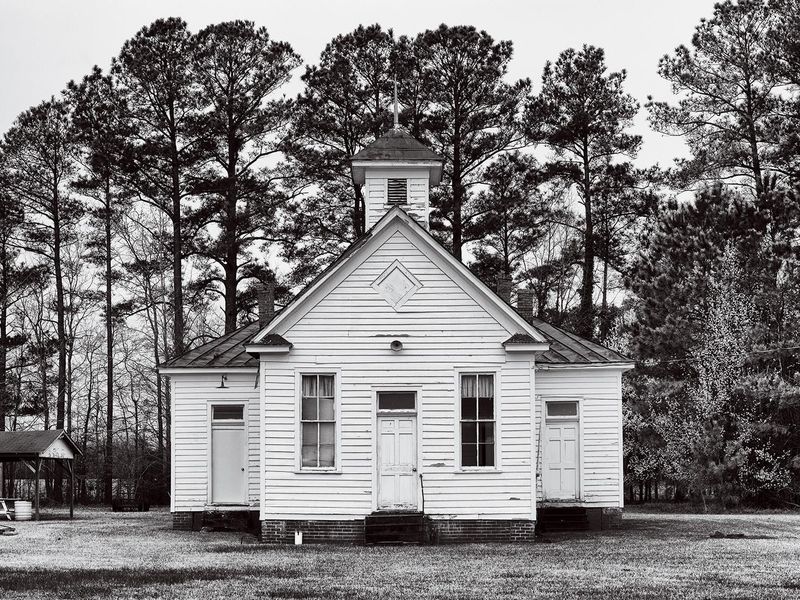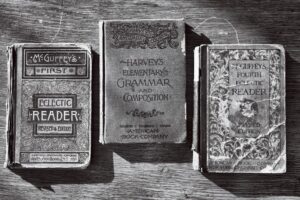
Lessons Learned

Built-in 1920, this Rosenwald School in Hertford County, North Carolina, was later acquired by the Pleasant Plains Baptist Church and has served as a community center and fellowship hall. (Andrew Feiler)
Across the South, some 500 modest structures still stand as monuments to an extraordinary partnership formed more than a century ago between Booker T. Washington, founder of the Tuskegee Institute, and philanthropist Julius Rosenwald, the chief executive of Sears. Under Jim Crow, most schools available to African Americans were inadequate and underfunded. But between 1912 and 1937, the Rosenwald Schools program helped black communities build 4,978 new schoolhouses. “They fundamentally changed the educational experience of African Americans,” says photographer Andrew Feiler, whose new book, A Better Life for Their Children, documents 105 of the remaining buildings. Most closed soon after the Supreme Court ruled segregated schools unconstitutional, in 1954, but by that time they had already helped to educate the civil rights generation among hundreds of thousands of alumni were Medgar Evers, Maya Angelou, and U.S. Representative John Lewis.

Schoolbooks used at Warfield School, Montgomery County, Tennessee, which operated between 1922 and 1968. (Andrew Feiler)
smithsonianmag.com


